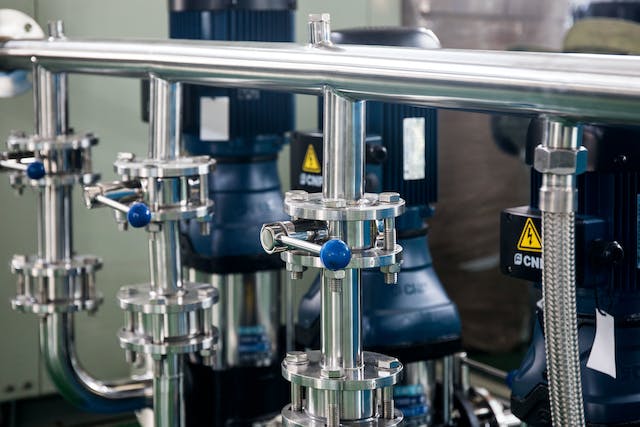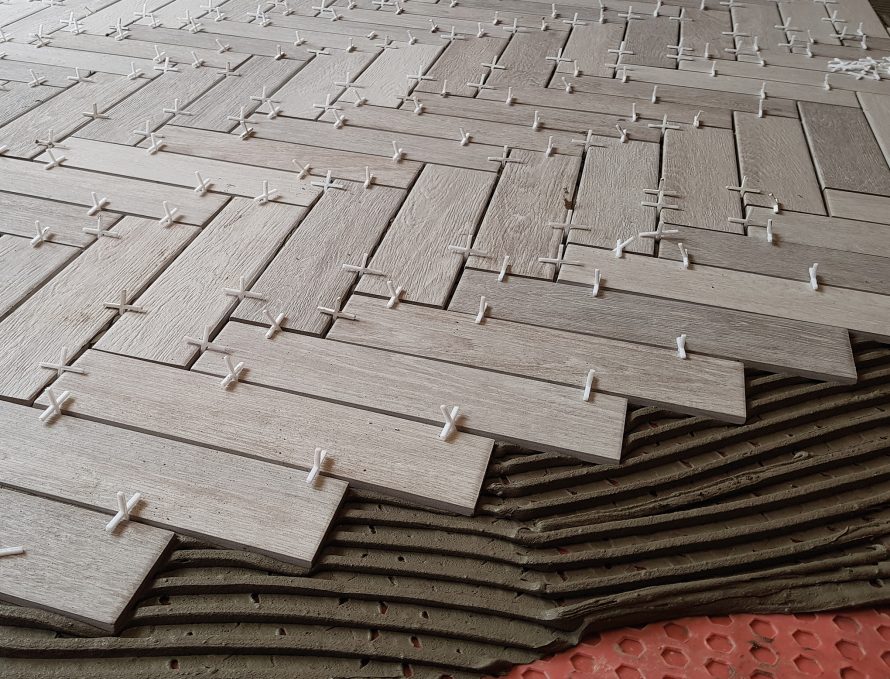Pumps are ubiquitous in various industries and pivotal in fluid management processes. Understanding the comprehensive range of pump services, from installation to repair, is crucial for optimizing the performance and longevity of these essential components. In this article, we’ll explore the full spectrum of pump services, delving into installation practices, routine maintenance, and the intricacies of pump repair to provide a holistic understanding of their role in diverse applications.
1. Pump Installation:
Proper installation sets the foundation for the efficiency and reliability of a pump system. The installation process involves several key steps:
- Site Assessment: A thorough installation site assessment is conducted to determine factors such as fluid properties, required flow rates, and environmental conditions.
- System Design: Based on the site assessment, a customized pump system design is created to meet the application’s specific needs. This includes selecting the appropriate pump type, size, and configuration.
- Installation and Calibration: Experienced professionals execute the installation, ensuring precise calibration and alignment of the pump components. This step is critical for optimal performance and longevity.
2. Routine Maintenance:
Regular maintenance is essential to prevent issues, extend the pump’s lifespan, and maintain optimal efficiency. Critical aspects of routine maintenance include:
- Lubrication: Proper lubrication of moving parts, such as bearings and seals, reduces friction and minimizes wear.
- Seal Inspection: Regular inspection and replacement of seals prevent leaks and maintain the integrity of the pump system.
- Performance Monitoring: Monitoring the pump’s performance through pressure, flow rate, and temperature measurements helps identify potential issues before they escalate.
3. Troubleshooting and Repairs:
Despite proactive maintenance, pumps may encounter issues over time. Efficient troubleshooting and timely repairs are vital components of pump services:
- Diagnostic Assessment: When a pump issue arises, professionals conduct a diagnostic assessment to identify the root cause. This may involve inspecting components, analyzing performance data, and driving tests.
- Repair Techniques: Pump repair encompasses various techniques, including replacing damaged components, addressing leaks, and realigning parts. Skilled technicians employ industry best practices to restore the pump to optimal condition.
- Preventive Repairs: In addition to addressing immediate issues, preventative repairs aim to replace worn parts before they fail, reducing the risk of unexpected breakdowns.
4. Upgrades and Modernization:
With the continuous evolution of technology, pump systems, guided by the expertise of fracpumps.co, may find significant advantages in upgrades and modernization efforts. Enhancing efficiency and incorporating innovative features, whether by upgrading pump components or implementing advanced control systems, can contribute to energy savings and overall improved performance.
Conclusion:
Understanding the full spectrum of pump services, from meticulous installation to routine maintenance and skilled repairs, is integral to ensuring the seamless operation of pump systems. Industry professionals, equipped with expertise from installation through repairs, play a critical role in optimizing pump performance and minimizing downtime. By embracing a comprehensive approach to pump services, industries can harness the full potential of these vital components across diverse applications, contributing to efficient fluid management and sustained operational success.







